 |
|
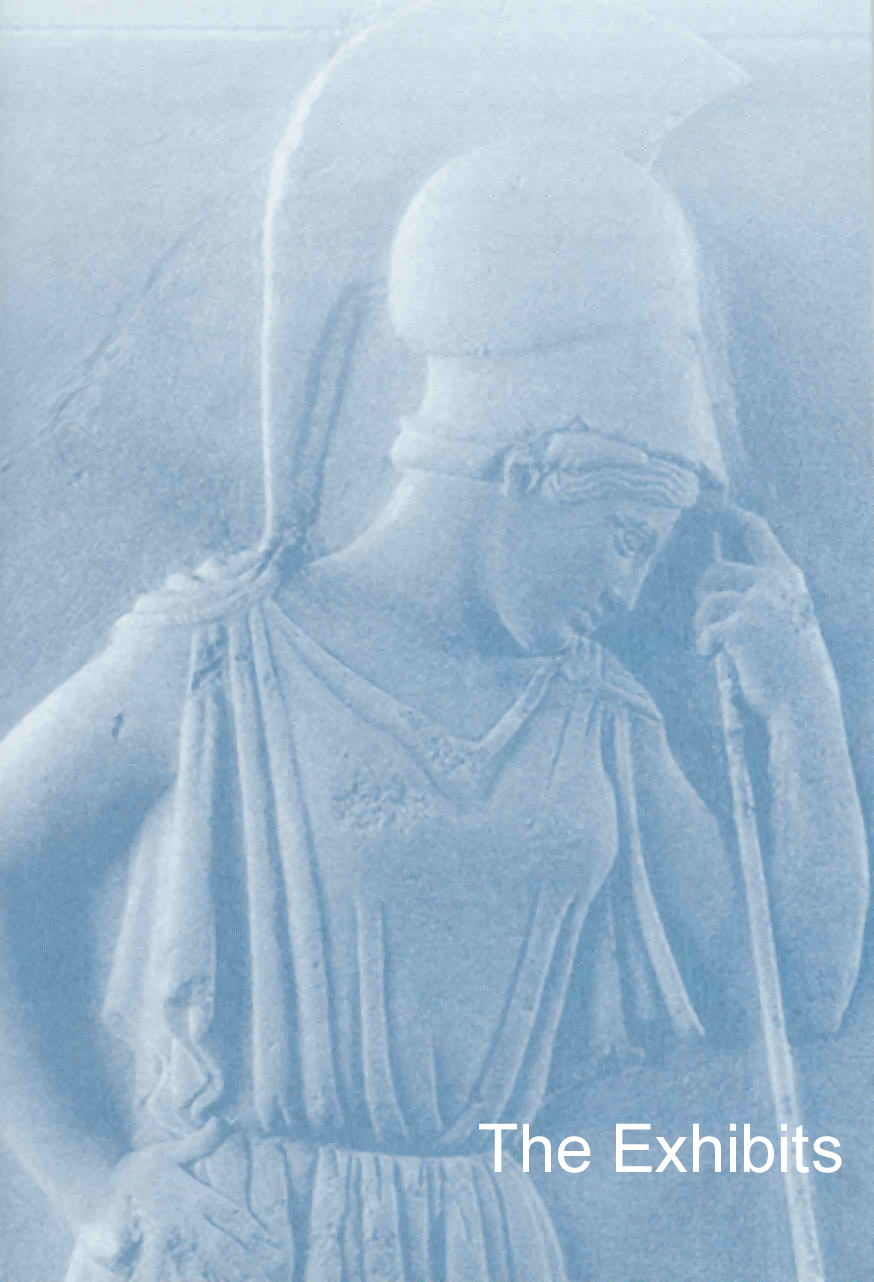 |
See Also: The New Acropolis Museum Part 1 of 6 The Acropolis Museum Design Part 2 of 6 Museum Design Features Part 3 of 6 The Parthenon Gallery Part 4 of 6 A Visitor Friendly Museum Part 5 of 6 |
| Onsite Excavation The onsite excavation has brought to light evidence of human life that dates back to prehistoric times and continues to the Byzantine period. Approximately 2500 square meters of the Athenian city will be exhibited, with the architectural remains of the different periods essentially being defined by the three ancient roads revealed on the site. A residential area will be shown, with attention being drawn to the most remarkable findings: the private houses |
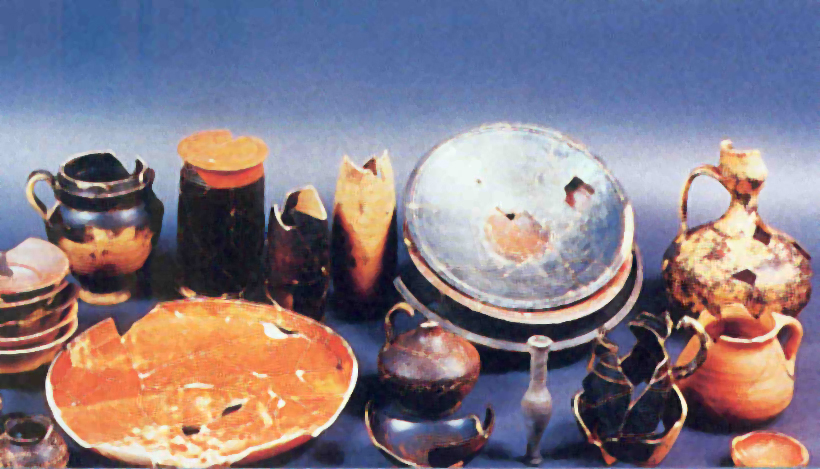 |
|
of the early Christian era (4th-6th century AD) and a residence of the 7th century AD with a large hall and a round tower. Portable finds of the excavation, including sculptures, lamps, vases and coins will be displayed in the locations where they were found. |
|
|
|
|
|
|
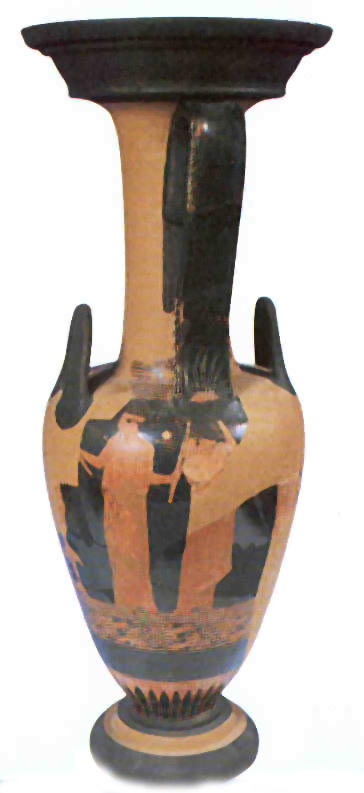 |
|
|
|
|
|
 |
|
|
|
|
Classical Parthenon |
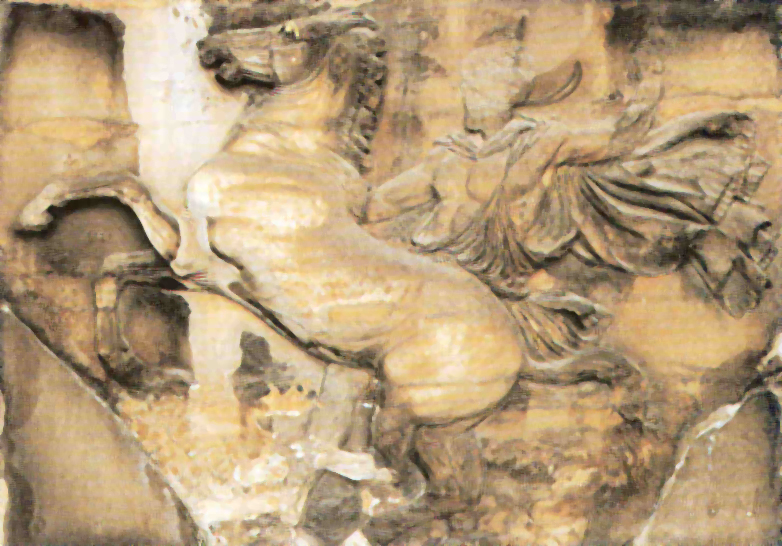 |
|
|
|
| Post Parthenon Period The Post Parthenon Collection includes the architectural sculptures of the Sanctuary and parapet of the Temple of Athina Nike, the sculptures of the Erectheion frieze, the porch of the Caryatids, architectural members from the Erectheion and the Propylaia as well as the building inscriptions and votive reliefs in which the foreign affairs policy of Athens and its relationships with other Greek states is recorded. |
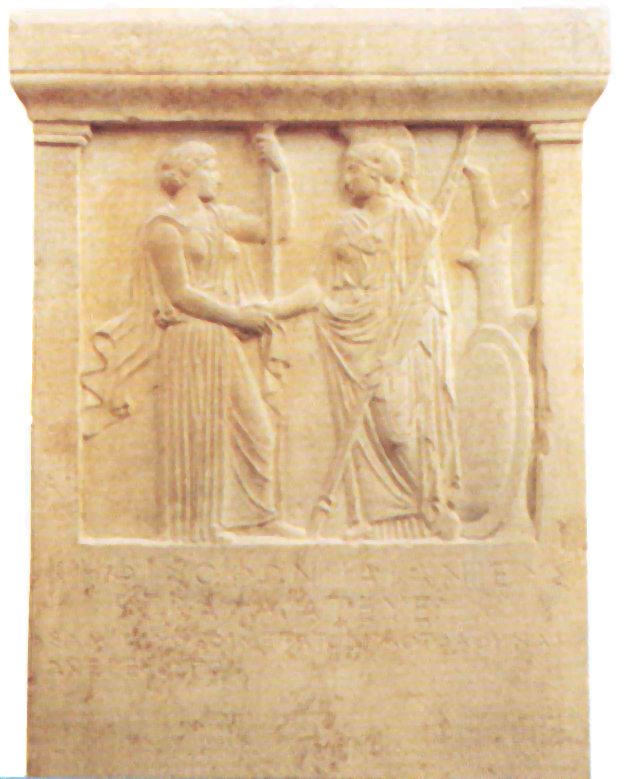 |
|
|
|
| Roman Collection This collection refers to the period of the Roman Empire. It includes Roman copies of classical sculptures and in particular sculptural portraits, some of which are masterpieces. |
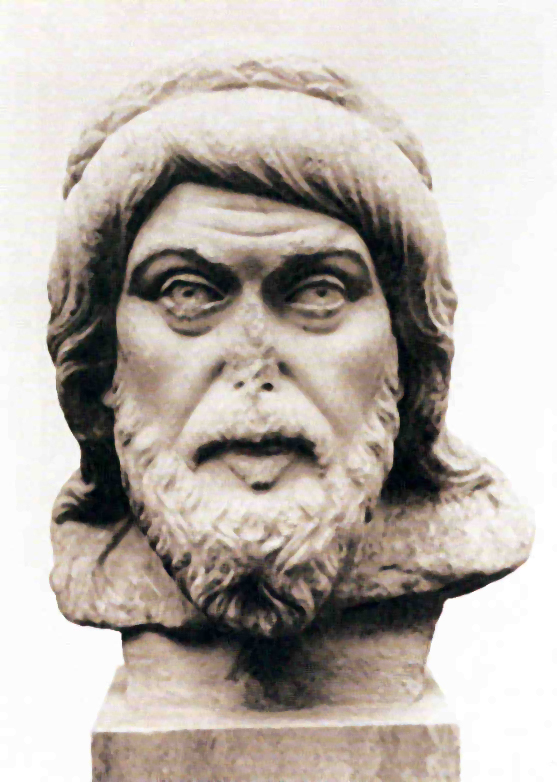 |
|
|
|
| The Exhibits For the first time ever all the surviving treasures of the Acropolis can be seen together in one place. Works currently held in storage, in other Athenian museums and museums abroad will be brought together within the one museum close to their original location. Visitors will have the opportunity to view the Acropolis treasures exhibited in historical sequence, and clustered according to their original location on the Sacred Rock |
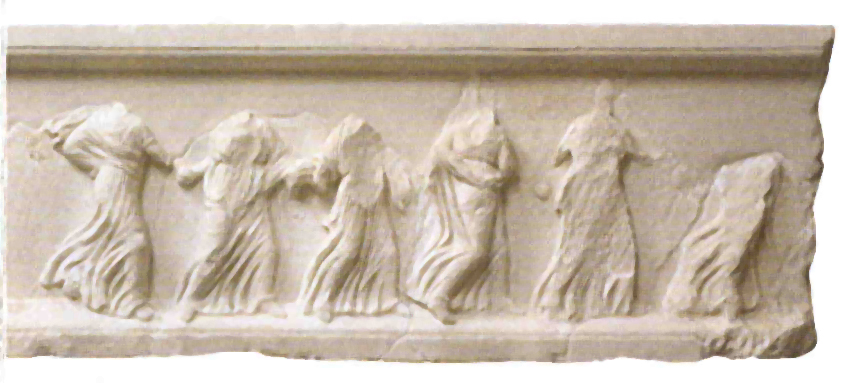 |
|
in exhibition space totaling 14,000 square metres. The permanent collections of the Museum will comprise objects from antiquity. Findings of the Byzantine and later periods will be exhibited in the temporary gallery of the Museum, together with other occasional exhibitions.
|
|
|
(Posting date 24 January 2007) HCS encourages readers to view other articles and releases in our permanent, extensive archives at the URL http://www.helleniccomserve.com/contents.html. |
|
|
|
|
2000 © Hellenic Communication Service, L.L.C. All Rights Reserved.
http://www.HellenicComServe.com |
|
